Published in 2017 by The Rosen Publishing Group, Inc.
29 East 21st Street, New York, NY 10010
Copyright 2017 by The Rosen Publishing Group, Inc.
All rights reserved. No part of this book may be reproduced in any form without
permission in writing from the publisher, except by a reviewer.
Library of Congress Cataloging-in-Publication Data
Names: Lowery, Zoe, author. | Bergin, Sean, 1968- author.
Title: The Khmer Rouges genocidal reign in Cambodia : Zoe Lowery and Sean Bergin.
Other titles: Bearing witness (Rosen Publishing Group)
Description: New York : Rosen Publishing, 2017. | 2017 | Series: Bearing witness : genocide and ethnic cleansing in the modern world | Includes bibliographical references and index.
Identifiers: LCCN 2015050272 | ISBN 9781477785720
Subjects: LCSH: CambodiaHistory20th century. | GenocideCambodia. | Pol Pot. | Parti communiste du Kampuchea.
Classification: LCC DS554.8 .L69 2016 | DDC 959.604dc23 LC record available at http://lccn.loc.gov/2015050272 Manufactured in China
CONTENTS
I t wasnt until 1944 that the word genocide was coined to refer to the intentional killing ofa whole group ofpeople. First used by Raphael Lemkin, the term was officially defined in 1948 by the United Nations (UN), after Nazi Germany, during World War II (1939-1945), exterminated six million Jews alone, as well as another six million minorities. The UN was determined to thwart any chances of such horrific, state-sponsored mass murder lrom ever happening again, so it wrote the Convention on the Prevention and Punishment of the Crime of Genocide. This document defined genocide as acts committed with intent to destroy, in whole or in part, a national, ethnical, racial, or religious group, whether it is by way of murder, physical or psychological trauma, or preventing reproduction. On December 9, 1948, the UN General Assembly formally approved it, which meant that all member nations were required to comply and punish anyoneleaders or individualswho disregarded it.
Genocide was hardly a new issue in the twentieth century. All kinds of people all over the globe have been in conflict with one another since the beginning of time. And sometimes this resulted in them massacring innocent civilians. By the time the twentieth century rolled around, developments in technology enabled humans to be annihilated more effectively than ever. Entire towns and cities could be completely destroyed, sometimes in mere hours, thanks to machine guns, automatic weapons, tanks, bombs, chemical and biological weapons, flamethrowers, and other weaponry.
Unfortunately, even after the approval of the UN Convention on Genocide, the horrors of genocide remain quite real. In some cases the worldwide community has been unwilling or unable to recognize or admit genocide when it occurs. And even after the facts reveal the atrocities to be true, it has failed to bring its criminals to justice. Just look at the horrific Cambodian genocide, which remains scarcely examined, at best, to this day. Yet close to two million Cambodians (around 20 percent of the countrys people) died at the hands of the militant dictator Pol Pot and the Khmer Rouge Communist government. Innocent Cambodians were murdered, starved, and tortured.
The Khmers were the prevailing ethnic group in Cambodia, making up 80 percent of the countrys people. Pol Pot was a Khmer. He went on to completely restructure Cambodias society with violence and cruelty as well as a goal of cleansing the country of foreign influence and taints, any blood that was not Khmer. He also put into practice a radical Communist agrarian structure. Pol Pot victimized ethnic Vietnamese, Thai, and Chinese Cambodians. Cities were emptied, and their inhabitants were moved to the country, where they had to perform strenuous agricultural work. He and the Khmer Rouge uplifted the humble Khmer peasant as the countrys model, while killing anyone who could not acclimate to the forced labor and eradicating ethnic and religious minorities. Finally, he inexplicably exterminated hundreds of thousands of ethnic Khmers. His horrific actions resulted in the coining of a new term to refer to the mass murder of ones own people: autogenocide Although Pol Pot is now dead, he never stood a real trial or spent a day in prison to make reparation for his ghastly crimes. Most who worked closely with him have also evaded paying for their crimes, although in 2011 several were tried for their part in the genocide. Cambodia is slowly shuffling toward democracy, but poverty makes its achievement slow. The fields once devastated by Pol Potknown as the Killing Fieldsare still littered with the bones of almost two million people. There is one small sliver of hope: in 2013, together with Cambodias National Assembly, Prime Minister Hun Sen approved a bill that makes it illegal to deny that the genocide, or its atrocities, occurred.

Although Pol Pot is now dead, he never stood a real trialor spent a day in prison to make reparation for his ghastlycrimes. Most who worked closely with him have also evadedpaying for their crimes, although in 2011 several were tried fortheir part in the genocide. Cambodia is slowly shuffling towarddemocracy, but poverty makes its achievement slow. The fieldsonce devastated by Pol Potknown as the Killing Fieldsarestill littered with the bones of almost two million people. Thereis one small sliver of hope: in 2013, together with CambodiasNational Assembly, Prime Minister Hun Sen approved a billthat makes it illegal to deny that the genocide, or its atrocities,occurred.
The Angkorean empire was centered over today's northwestern Cambodia and included the present-day countries of Laos, Thailand, and Vietnam.
B etween the ninth and fifteenth centuries, in what was known as the Ang-korean empirealso known as the Khmer empire or the Kambuja kingdomCambodia experienced its golden age. The empire was centered in what is known | as northwestern Cambo-dia today and fanned out to include sections of the modern-day countries of Laos, Thailand, and Vietnam. Its kings lived in the capital, the Angkor area. This area covered more than 100 square miles (259 square kilometers), and several million residents made their home there. It may have been the worlds largest preindustrial city.
Yet the Angkorean empire began to fall into decline as Thai forces began to harass the region. By the mid-fifteenth century the Thai kingdom of Ayutthaya had seized the capital region. Within a short period of time, the ever-encroaching jungle reclaimed Angkor, shrouding it in a dense tangle of creeping greenery.
FRENCH PROTECTION


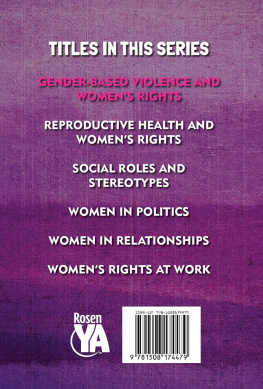
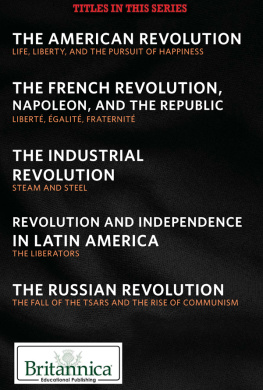
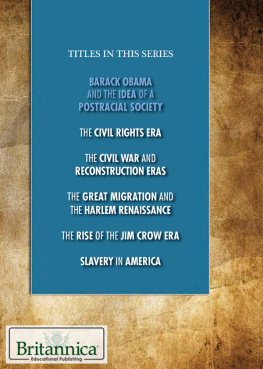
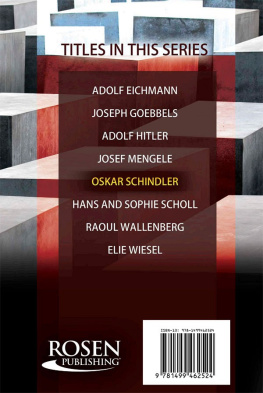

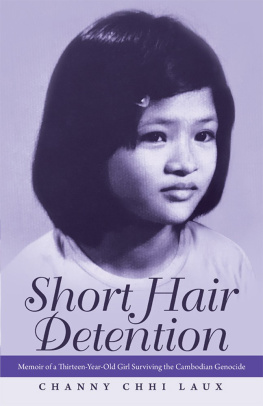
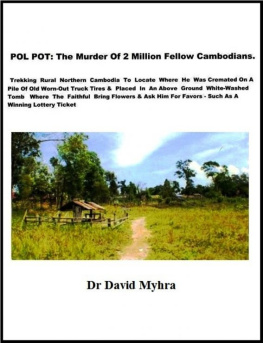
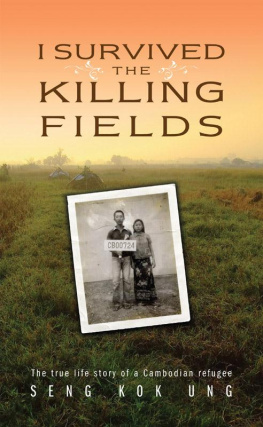
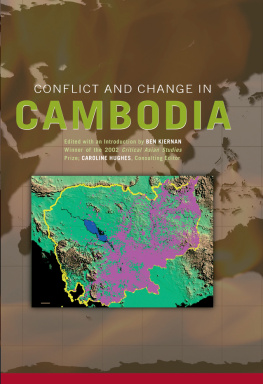
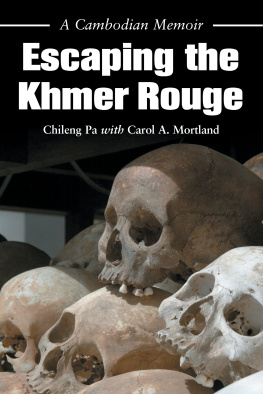
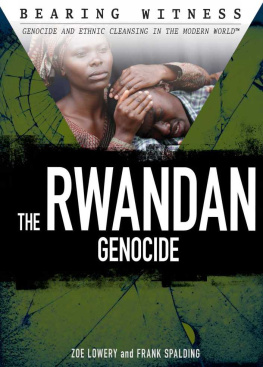

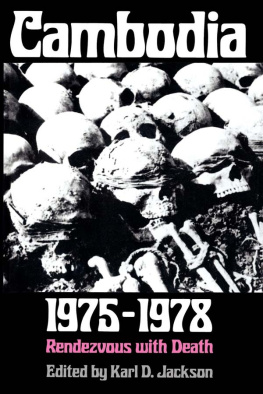
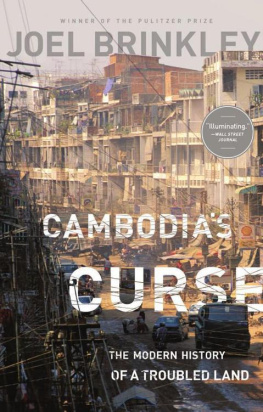





.jpg)
.jpg)